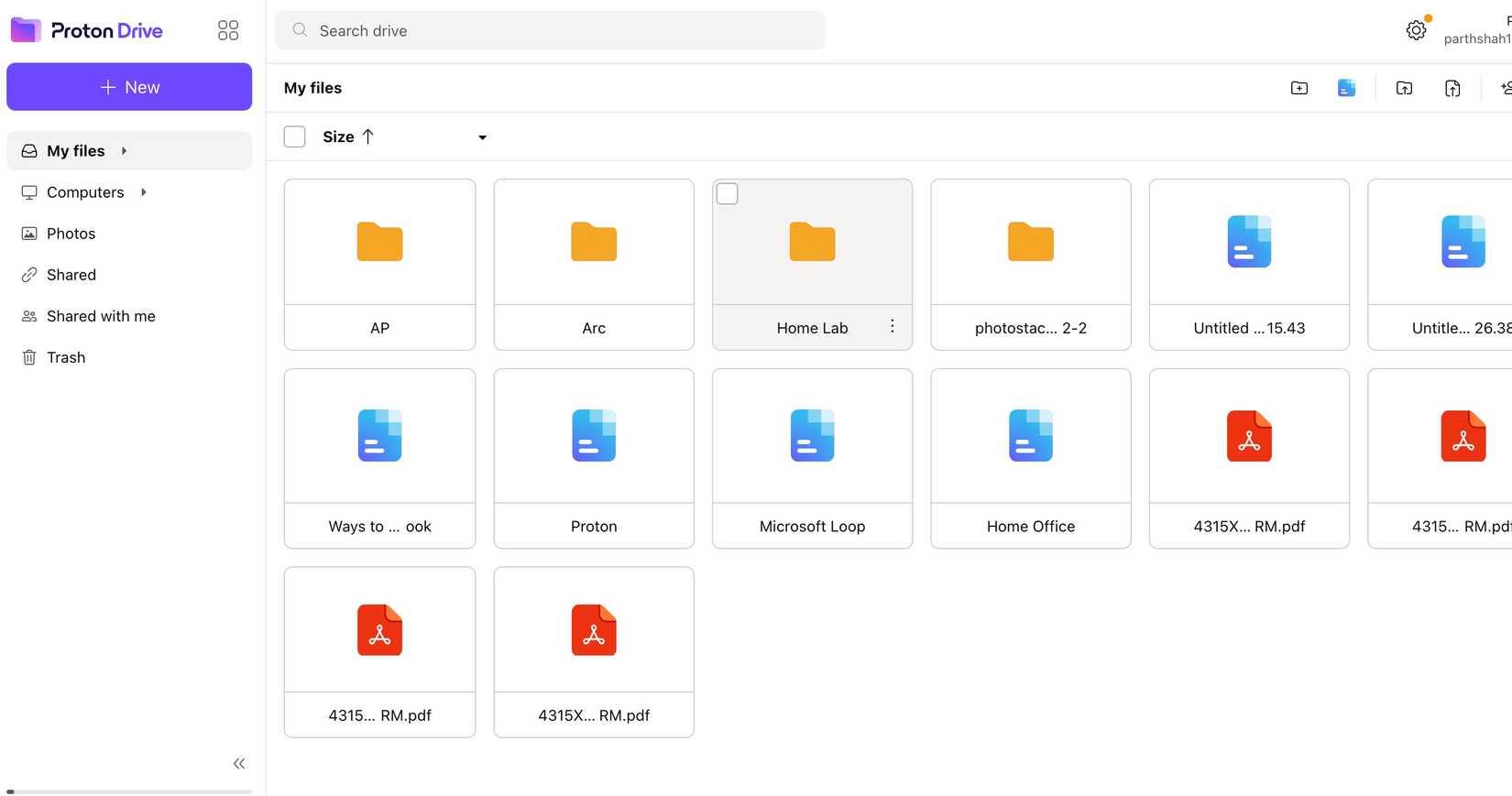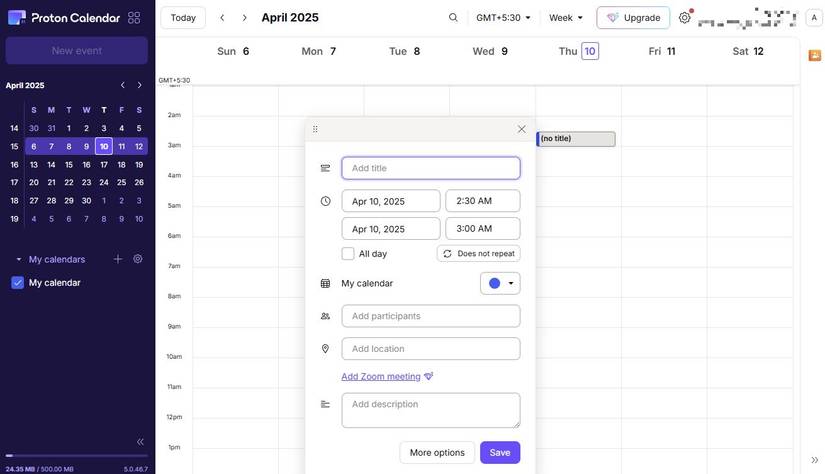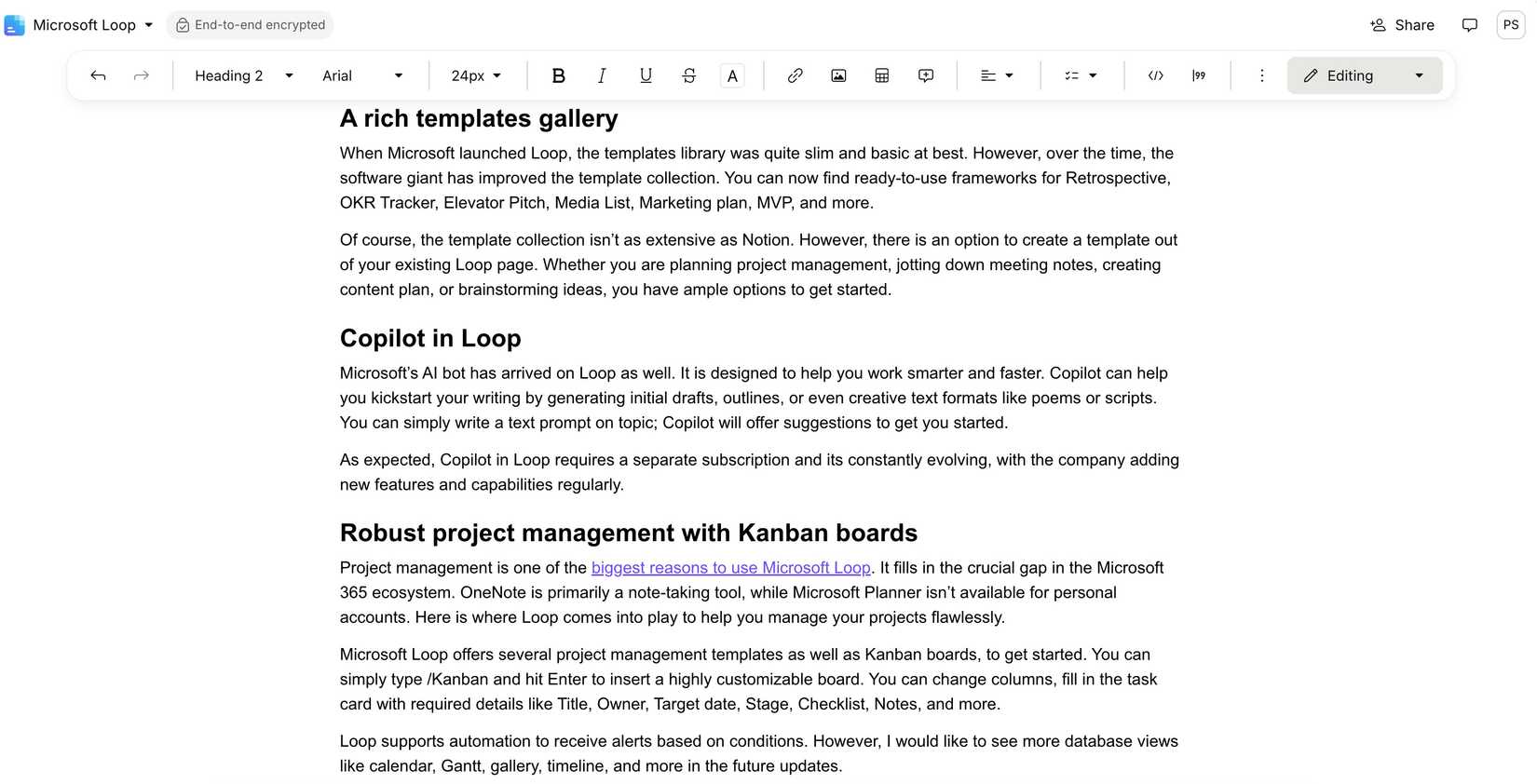From email and calendars to cloud storage and contacts, Google’s ecosystem is the default for millions, including me.
However, I decided to embark on a radical experiment: for 30 days, I would completely abandon Google and replace its suite of services with the privacy-centric alternatives from Proton.
It was a full digital migration — a test to see if a viable, secure life exists outside Google.
My experiment had several ups and downs. Now let’s go over my experience and answer a single question: Is breaking free from Google’s grip worth it?
Proton has covered the basics and more
Proton has successfully built a digital ecosystem that covers the core functions most people rely on Google for. The company has not only covered the basics but often surpassed them.
With Proton Mail, Calendar, and Contacts, I had a seamless transition from Google. Similarly, Proton Drive provided a secure cloud storage solution, and their native desktop apps made file access a breeze.
In many cases, Proton even outshines Google with offerings like Wallet, Pass, and VPN. For instance, I found Proton Pass to be feature-rich and effective than Chrome Password Manager. The same goes for its VPN service as well.
Still, no ecosystem is perfect, and I did feel the absence of a dedicated, encrypted note-taking app. Google Keep was a small but useful part of my old workflow. However, Proton’s recent acquisition of Standard Notes has made me optimistic about the future.
I can’t wait to see how they integrate Standard Notes into the Proton suite.
Open source and end-to-end encryption
Its open source nature and end-to-end encryption are the core of Proton’s business model. Every single one of their apps, including Mail, Drive, Calendar, VPN, and Pass, is open source.
This means anyone can inspect their code to verify that it does exactly what they say it does and that there are no hidden backdoors.
The most surprising discovery for me was how Proton handles collaboration securely.
For instance, when I send an email from my Proton Mail account to another Proton user, it’s automatically E2EE.
But for people outside the Proton ecosystem, I can send a password-protected email. This feature generates a link to a secure page on Proton’s servers where the recipient can enter a password to view the message.
The same principle applies to Proton Drive. I can share files and folders with anyone using a link protected by a password and even set an expiration date.
Proton apps are feature-rich
When I started my month-long experiment, I expected to sacrifice features for privacy. However, that’s not the case here.
Proton apps aren’t just barebones encrypted versions of Google’s products; they are thoughtfully designed and, in many cases, superior.
For instance, Proton Drive supports gallery view and the ability to create albums.
Similarly, Proton Pass goes above and beyond a typical password manager. With a single click, I can generate a unique email alias for any new account I create, instantly hiding my real email address from sketchy websites.
The same holds true for Proton VPN. It’s not just a basic VPN; it has thousands of servers across 120 countries.
Proton Mail has on-device AI and even a native app on the Linux platform.
These robust features, combined with the open source security of the entire ecosystem, put Proton’s offerings right up there with Google’s.
Let’s go over the cons as well
As powerful and comprehensive as the Proton ecosystem is, my month-long test made it clear that it’s far from a perfect, one-to-one replacement for Google.
The major gap was the complete absence of a dedicated task manager. I had to use a third-party task manager like TickTick to stay on top of my to-do list.
It’s a small but vital piece of the productivity puzzle that the Proton suite is currently missing.
While Proton Drive offers a Google Docs alternative for writing, it doesn’t have an equivalent for Google Slides. Since I rarely need to create presentations, this wasn’t a dealbreaker for me.
The biggest problem was collaboration. It falls short of the effortless, real-time collaboration that Google’s ecosystem has perfected.
When you are trying to work with people who aren’t invested in the Proton ecosystem, sharing and editing media and files can feel clunky.
I had to constantly explain the password-protected links and walk people through the process.
If you frequently collaborate on files and media, I suggest sticking with Google’s offerings. After all, most people have a valid Google ID that you can use to share files in no time.
Trading convenience for privacy
My 30-day journey to replace the Google ecosystem with Proton was an eye-opening experiment. While there were several advantages, the path was not without its bumps.
If you prioritize privacy over convenience, you can easily neglect these cons and continue with Proton. As for me, I haven’t canceled my Proton subscription yet, and I will keep a close eye on how the company improves its products and services in the future.




